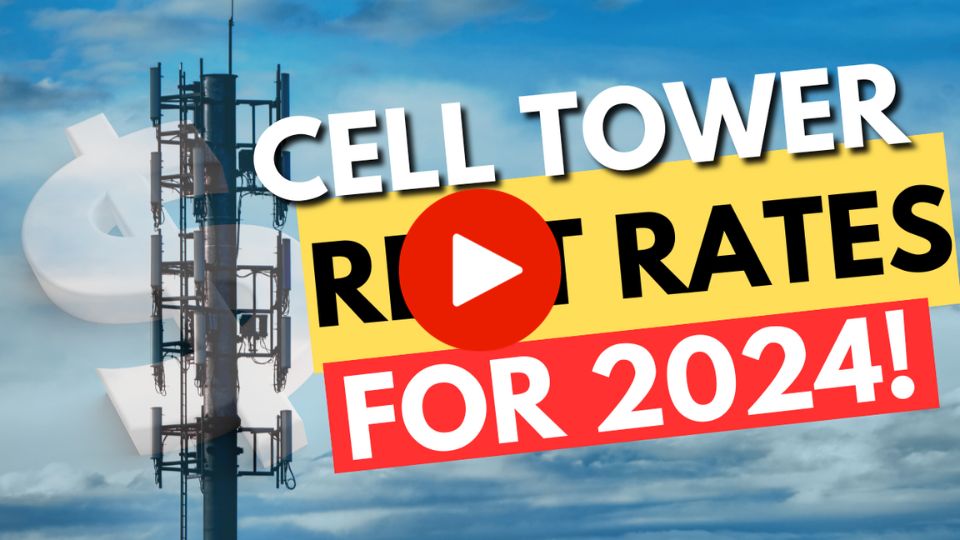
The Big 3 Of Cell Tower Companies
The three largest players in the cell tower industry, Crown Castle, American Tower and SBA Communications (the ‘Big 3”), own approximately 75% of all the cell towers in the United States. These cell towers are hosts to “Tier One” wireless carriers such as AT&T, Verizon, T-Mobile and Sprint with other “Tier Two” carriers that do provide some tenancy for these companies, but at a significantly lower rental rate.
Cell tower companies presently do have some advantages, such as significant barriers to entry in the United States. The Big 3 cell tower companies are in a unique situation in that they could be classified as price makers rather than price takers.
However, certain happenings in the wireless world, such as the T-Mobile-Sprint merger, do serve as a source of some concern for the Big 3, as well as other smaller cell tower companies.
Possible T-Mobile & Sprint Merger
At the same time, to possibly balance out the T-Mobile-Sprint consolidation, there could be the emergence of a new competitor, DISH Network, who has been taking steps to make their entry into the marketplace. In addition to DISH Network, technology companies such as Google, Microsoft and Apple are possible partners with the emerging wireless carrier and could be a savior for Sprint if their deal with T-Mobile falls apart.
As the players in the wireless industry come and possibly go, cell towers continue to provide the most economical mix of network coverage and capacity.
Impact Of 5G
Questions are always out there regarding the consistent rapid changes in technology, the physical and economic limitations of the alternative technologies, such as low-orbit satellites and widespread small cell networks, are only an add-on to current cell towers and not its replacement. In addition, the risk of cell tower obsolescence in the 5G-era is often overstated.
Wireless carriers will try to establish leverage over the cell tower companies by either building or acquiring towers themselves, but, due to some capital limitations fueled by the very capital intensive 5G rollout across the United States, the cell tower companies still have the upperhand. This fact is evidence by the stock market’s confidence in the Big 3 cell tower companies, with American Tower’s stock price increasing by approximately 43% last year, Crown Castle’s stock price increasing by almost 34% and SBA Communications increasing by an impressive 46% during the same period.
Even with some challenges that cell tower companies may face in the future from certain with satellite-based technology and recent dense 5G small-cell network deployment, cell towers have and will remain the hub in the current and next generation of the wireless industry.
Capital Investment
As mentioned above, the wireless carriers currently have their primary focus on the buildout of their networks (the major concentration being 5G upgrades) which requires an extraordinary amount of capital investment; in 2019 this investment totaled over 35 billion dollars. This need for money to invest in new networks has and continues to lead to wireless carriers selling off their tower assets to reduce debt on their balance sheet and free up capital to expand their networks.
In addition, supply growth in the cell tower industry is limited at best and there continues to be significant barriers to entry through the local permitting process and the capital intensity of the industry. The afore-mentioned factors have given cell tower companies certain pricing power when it comes to the occupancy of their assets by the wireless carriers, even as the number of wireless tenants in the market has consolidated.
In short, the cell tower industry remains the backbone of the wireless industry’s current network need, as well as its future need.



